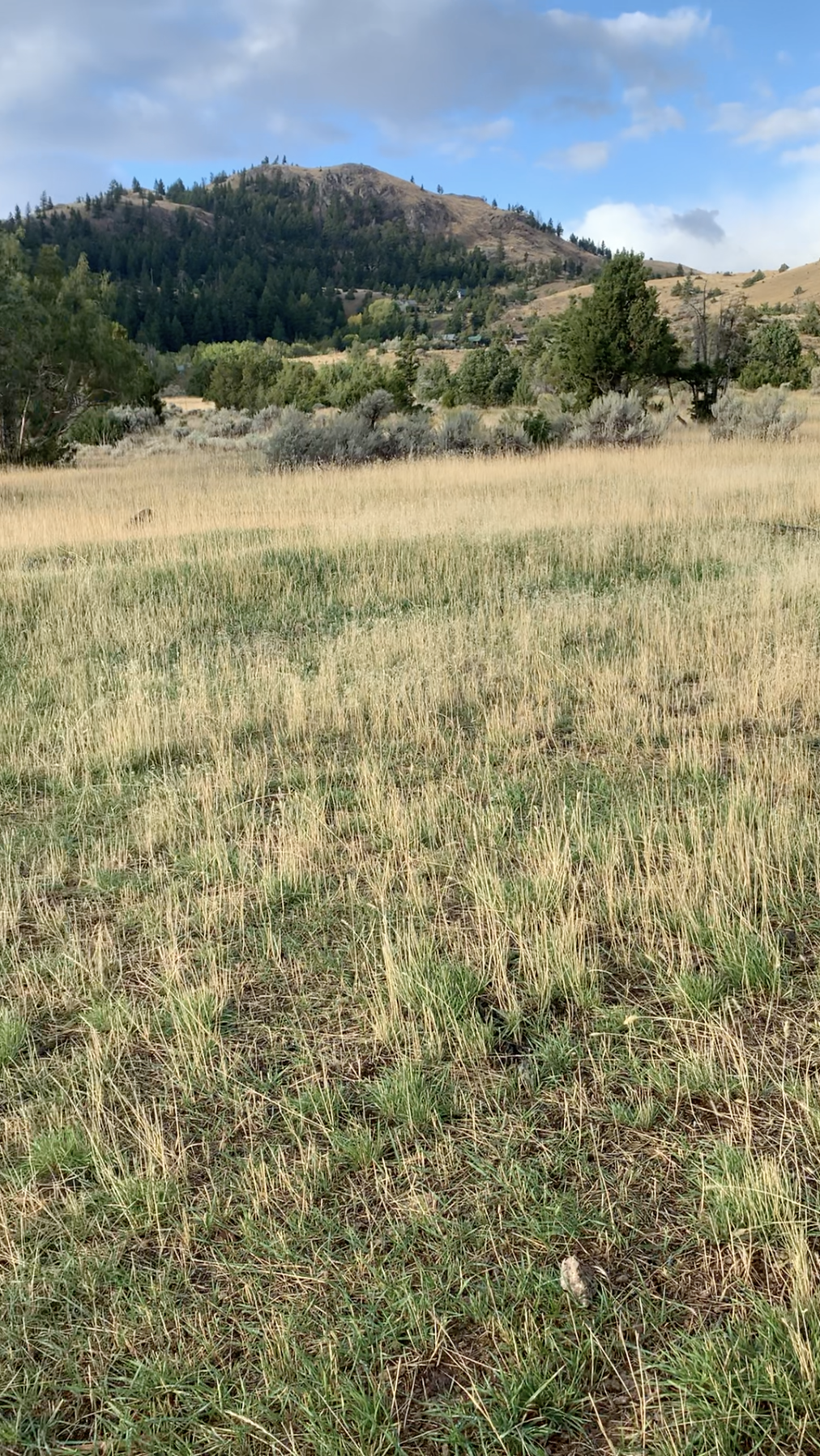Can Healthy Soil Help in the War on Cheatgrass?
Cheatgrass is an invasive annual grass which most ranchers in the American West know all too well. Cheatgrass often takes over in systems that have been historically overgrazed. Cheatgrass originated in Europe and was transferred to the US by settlers in the 1800s. Unlike the more palatable forage species, cheatgrass can thrive with overgrazing. When the settlers introduced cheatgrass, they also ran large herds of livestock, and as a result, the desirable grass species were gradually outcompeted by the more resilient cheatgrass.
The balance of your soil life is directly related to the kinds of plant species that do well in that soil. More bacterially dominated soils favor species lower in ecological succession such as annual grasses, while more fungally dominated soils favor more complex species like forests. In a pasture setting, the ideal fungi to bacteria ratio is 1:1 or higher. Fungi is less resilient than bacteria, and so most agricultural soils contain far greater populations of bacteria than fungi because of the frequent disturbance that comes with agricultural activity. Long story short, historically overgrazed pastures host the ideal conditions for cheatgrass to dominate.
Vern’s ranch in Tom Miner Basin is a great example of persistent and patient work paying off in eliminating a cheatgrass problem. 28 years ago, when Vern bought his ranch, the cheatgrass was pervasive. He gradually got rid of it, not by attempting to kill it with chemicals, but rather by promoting growth and competition with desirable, perennial grass species. He gave his fields plenty of water at the right times, he seeded perennials well-suited for his environment, and he followed a good grazing plan. It might feel logical to exterminate invasive species like cheatgrass with an -icide. However, this is only a temporary solution. The soil conditions that helped cheatgrass establish will continue to do so in the next season even if the plant itself is killed. A holistic soil health approach requires more effort and patience, but in the long-run it is far more effective.
A neighbor asked for Vern’s help turning a cheatgrass-infested bench near Vern’s property into healthier pasture. Vern applied the same management techniques he used on his place and paid special attention to the grass mix he seeded. He used a blend of seed suited to the area that would not need irrigation once established. This time Vern used Provide and Revive to expedite the transition process and help get the perennial grasses established faster. Provide is a biological inoculant containing a highly diverse and abundant spectrum of soil life, and Revive is a food source for the soil life that helps to increase activity levels, especially for the generally limiting fungi. Along with a couple of years of biological inoculation, he also carefully managed the grazing to tip things in his favor.
This was the bench above Vern’s house after several years of prescribed management and a couple of applications of biology on a piece of ground that had 90% cheatgrass cover. The brown stems are from seeded grasses that we let mature and go to seed this year and the green vegetation is our desired perennial mix. The cheatgrass cover is down to less than 15% here.
The basic principles Vern used to address cheatgrass can be replicated for any cheatgrass problem. Keep in mind that water is key for establishing perennial species and helping them outcompete cheatgrass. If you manage a dryland operation or have limited access to water, it may take a good spring to get the transition going. But either way, soil life balance is paramount for addressing cheatgrass. Healthy and balanced soil life will make it harder for cheatgrass and easier for desired perennials to thrive. Once established, a well managed perennial system will outcompete future cheatgrass. If you’re set on using chemicals, remember to re-establish your soil life and feed it, fungi specifically, so you don’t have to use them in the future.
If you want to read more about biological control of a non-native annual grass species, check out our earlier piece on an experiment we did on Texas Rescue Grass.
